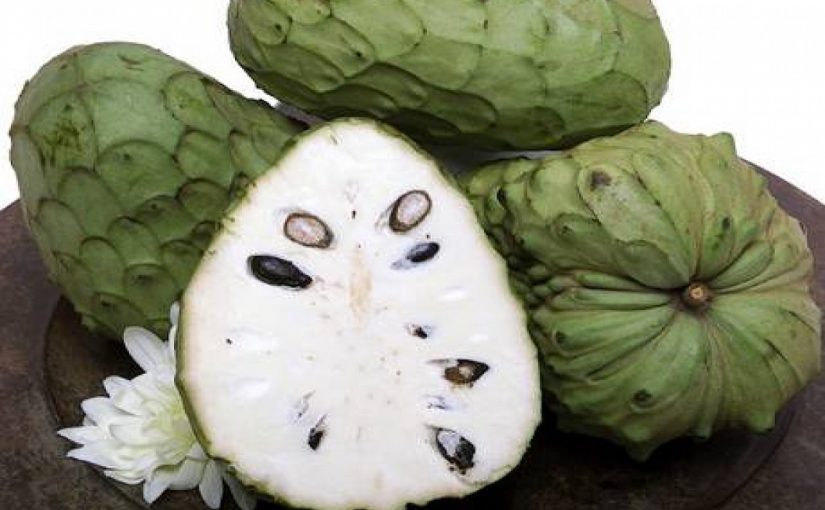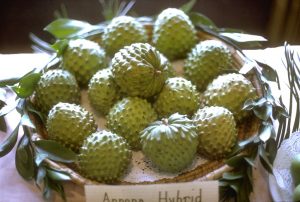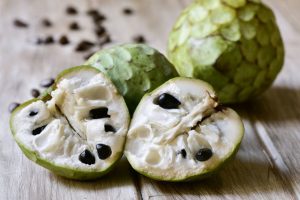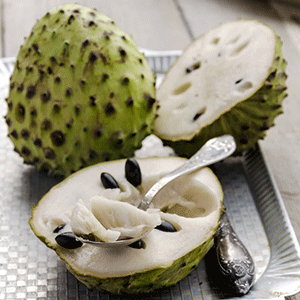06.04.2020
PROPERTIES AND FUNCTIONS
Thanks to about 350 polyphenols, Bergamot of Calabria has antioxidant, anti-inflammatory, and vasoprotective properties. In addition, the juice can reduce blood glucose and activate some organic antioxidants, while the flavonoids present in bergamot juice are very good relaxants as well, they soothe the nerves and reduce nervous stress, insomnia, and depression.
The essential bergamot oil inside the juice stimulates appetite, liver and pancreatic functions. The juice is useful in cholecystitis, in tachycardia and arterial hypertension; it is locally useful in stomatitis, gingivitis and pharyngitis; it is an intestinal, disinfectant and astringent pesticide. Finally, it is balsamic in the respiratory tract.
For the vitamin C, Bl and B2, P and vitamin A and E content in juice and flavedo, bergamot can be considered a fruit with good vitamin content, and its juice a “superfood drink”; therefore, it is useful in bone disorders due to altered calcium absorption, teething disorders, collagen pathologies, muscular weakness or even neuromuscular hyper-excitability, cardiac heretism, iron deficiency anaemia, hepatic congestion and various diseases with impaired vessel permeability.
On a nutritional level, bergamot juice, with the weak acids contained in it (acetic, malic, citric, tartaric acids…), gives rise to the production of carbonates and carbonate alkaline (potassium and calcium above all), which, in addition to promoting intestinal calcium absorption, contributes to maintaining the alkaline reserve.
JUICE MIXING
Bergamot is available from October to March, so its juice can be drunk natural, diluted with a little water, or sweetened with an Earl Grey Tea. Further, it can be mixed with orange juice. Bergamot juice is a perfect Mediterranean drink, when added to prosecco or to sparkling water.
This mixing of the juice can be used to reduce headaches and muscle tension or as digestive drink. Further, if the juice is added to flavour yoghurt, a perfect mix can be obtained or, freezing it, a refreshing sorbet.






